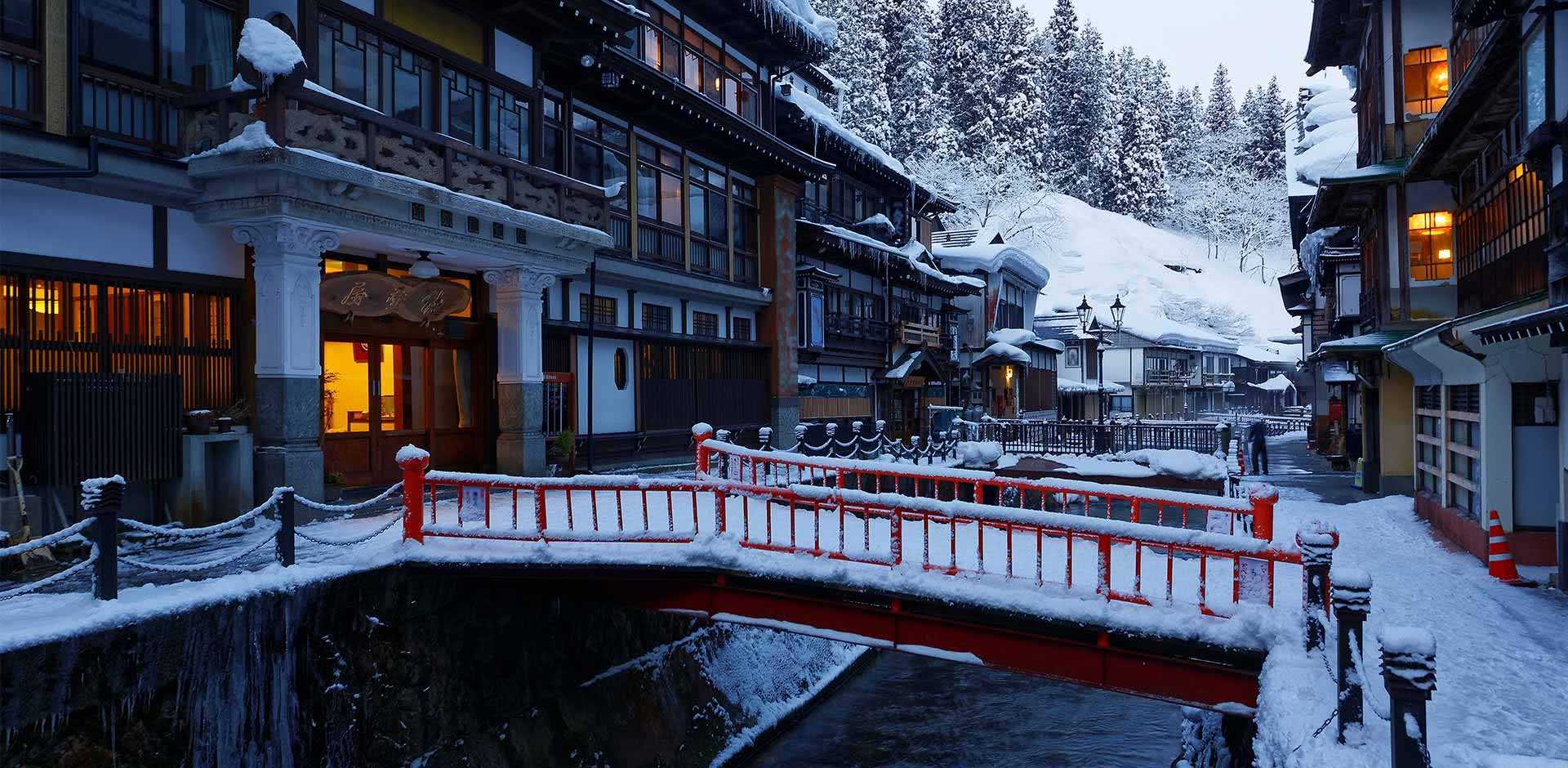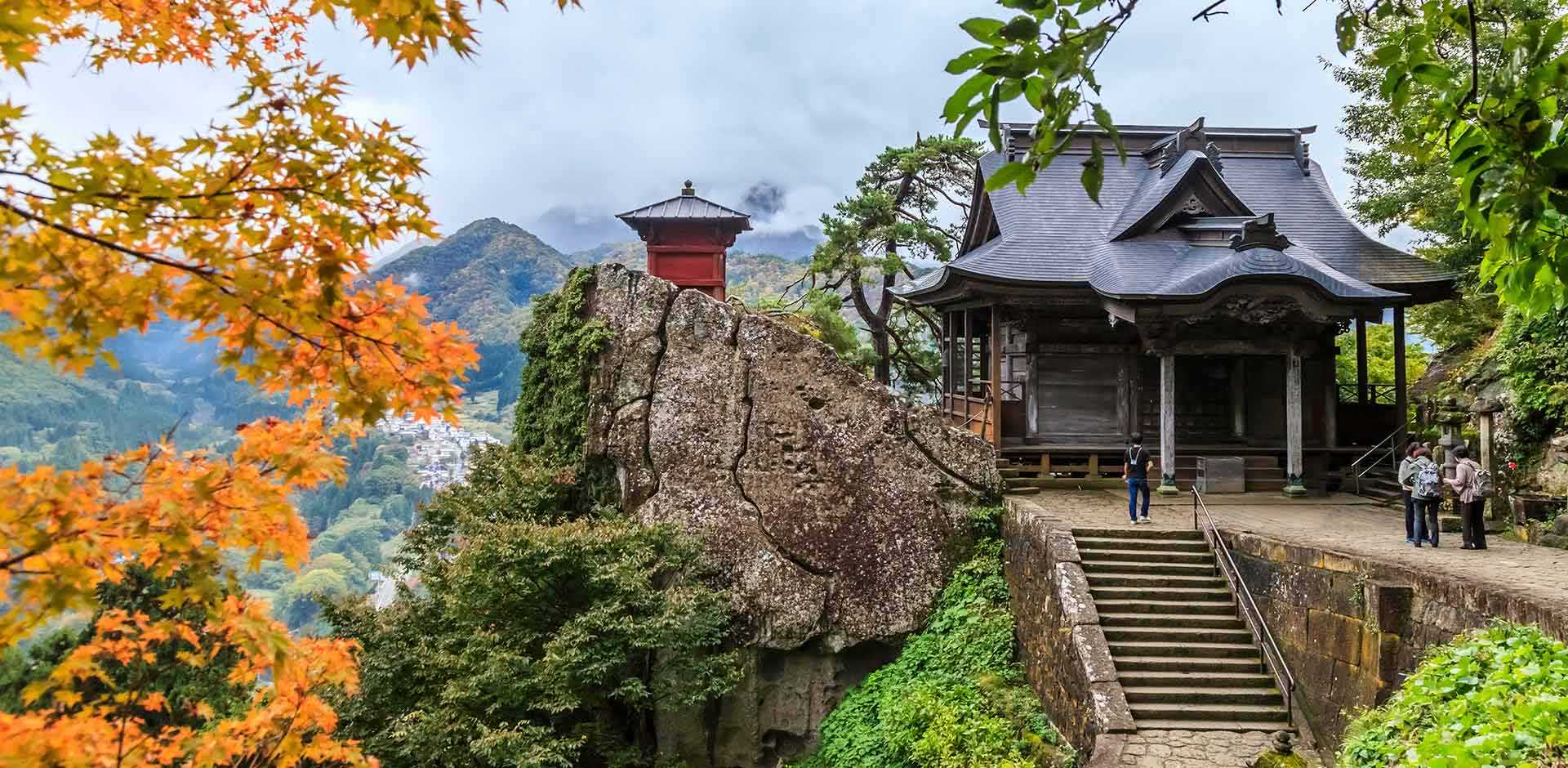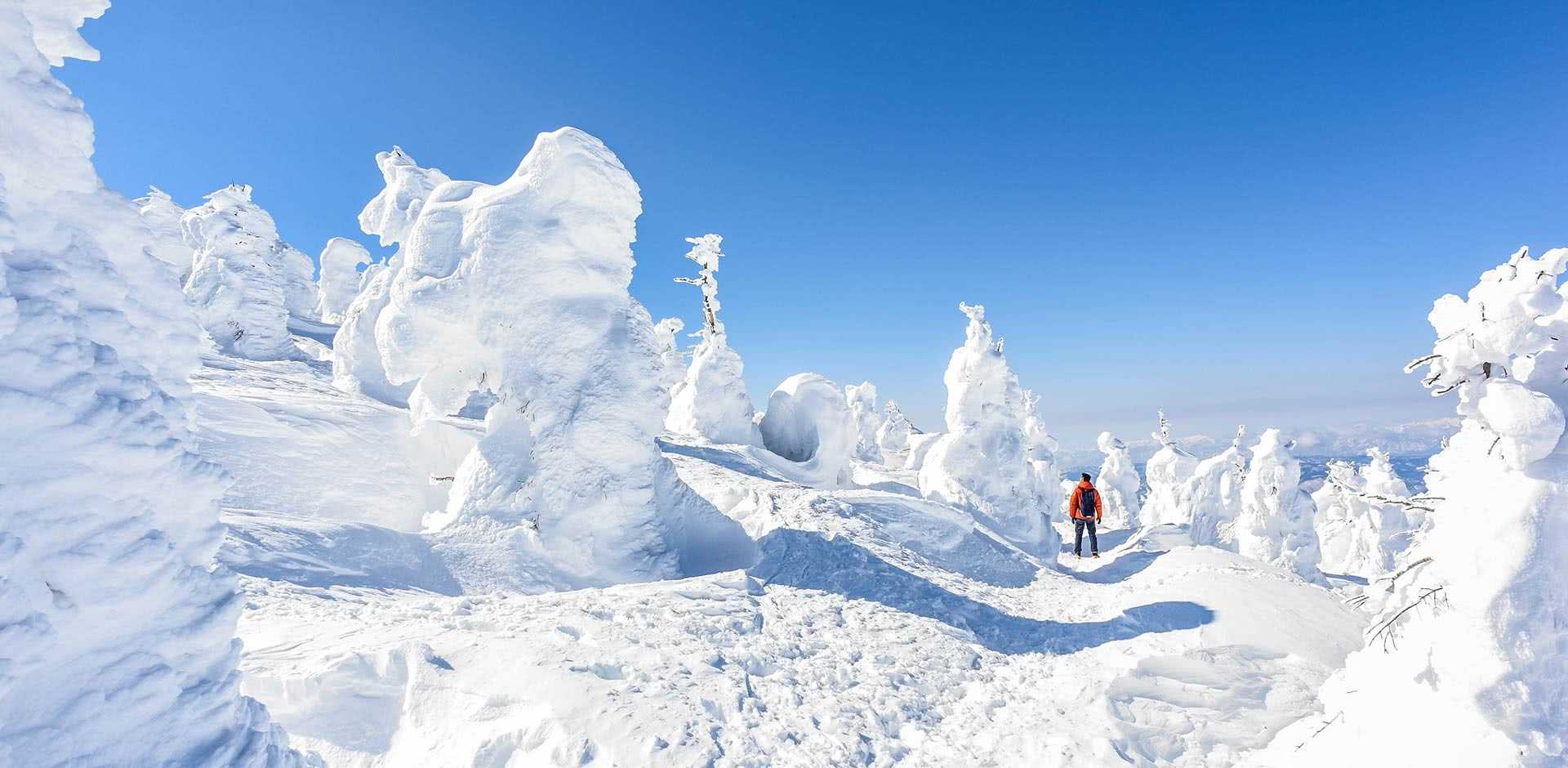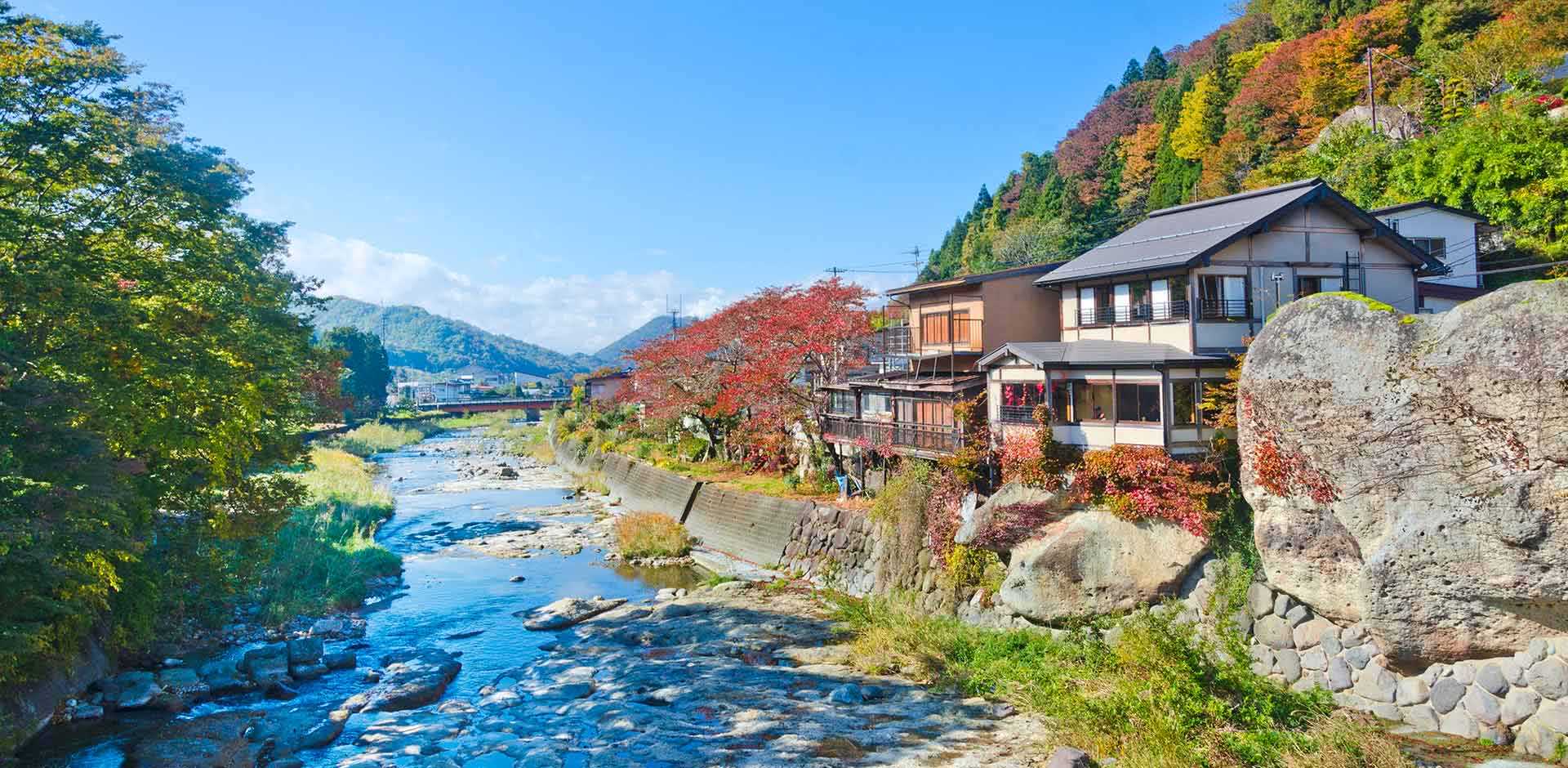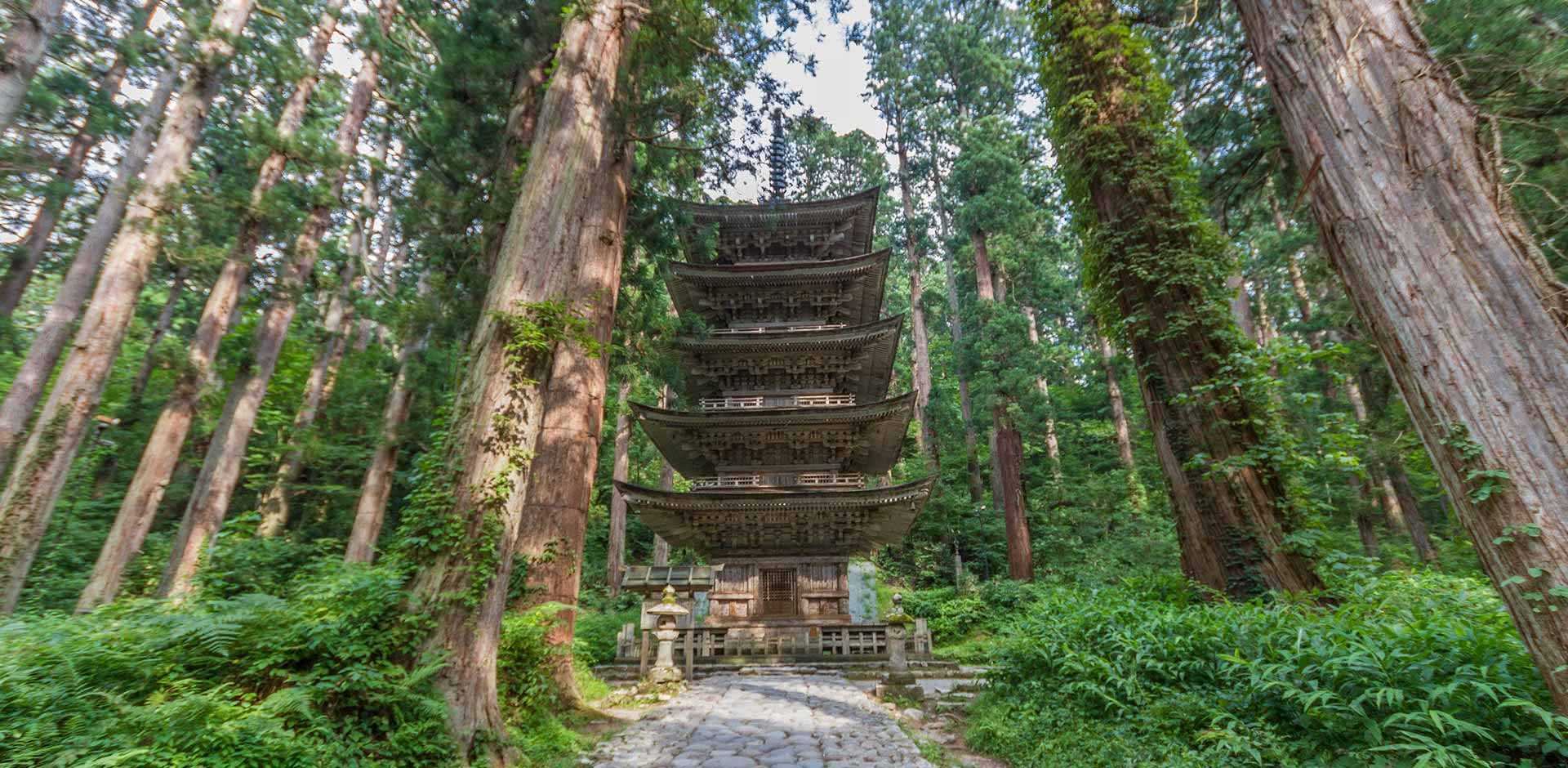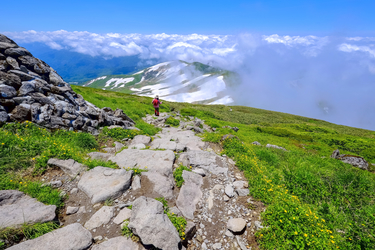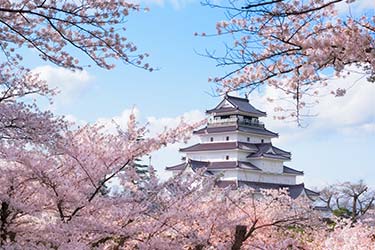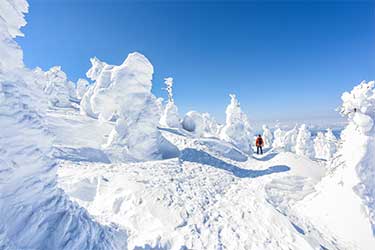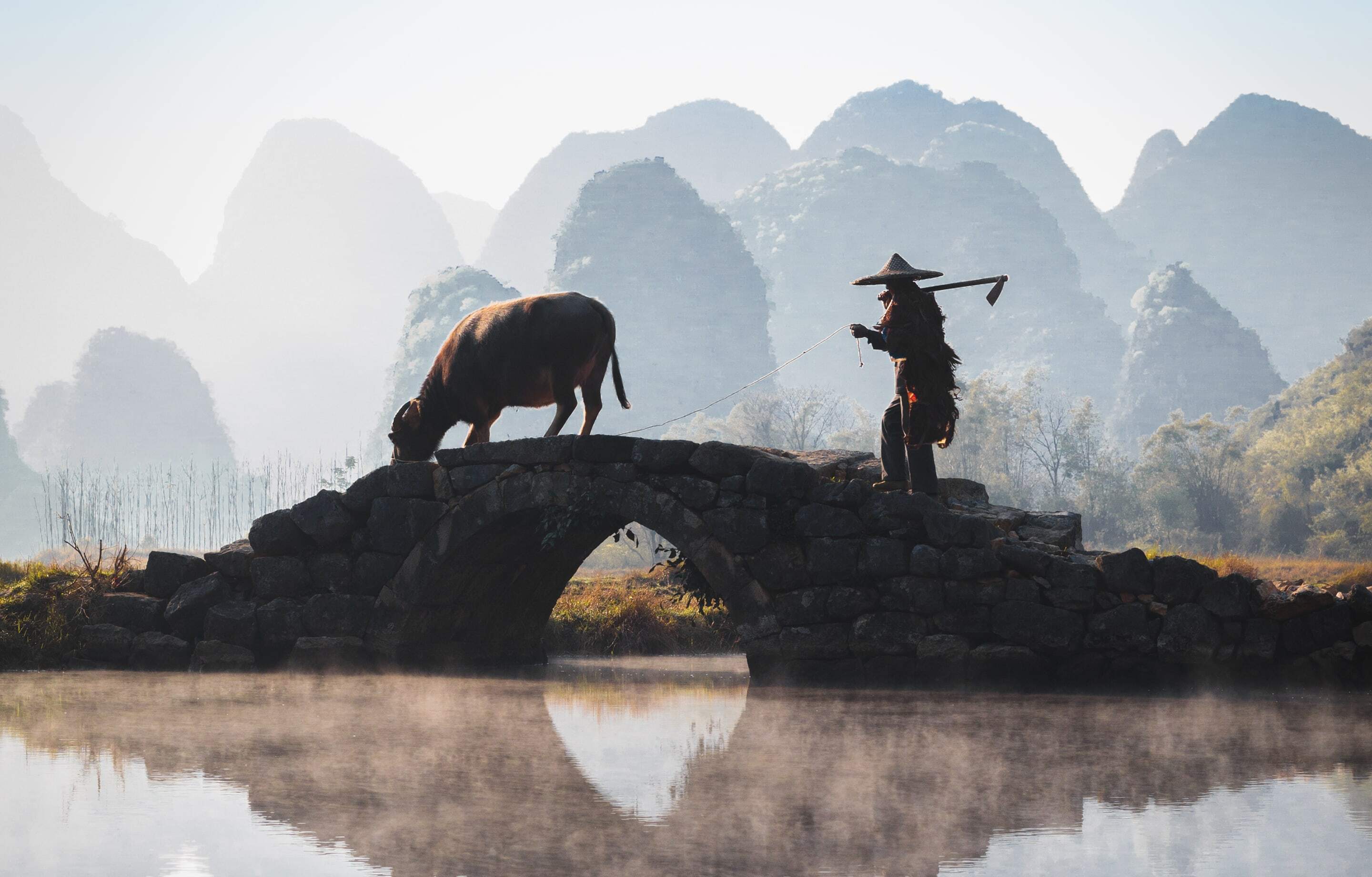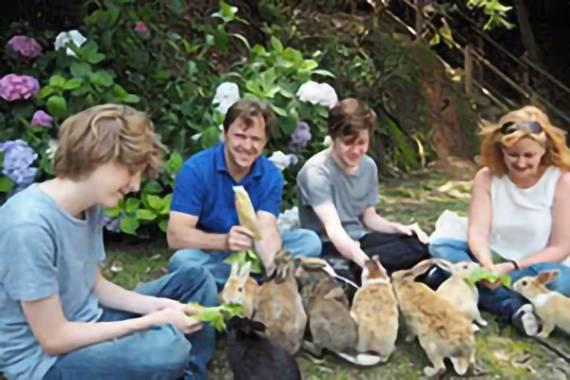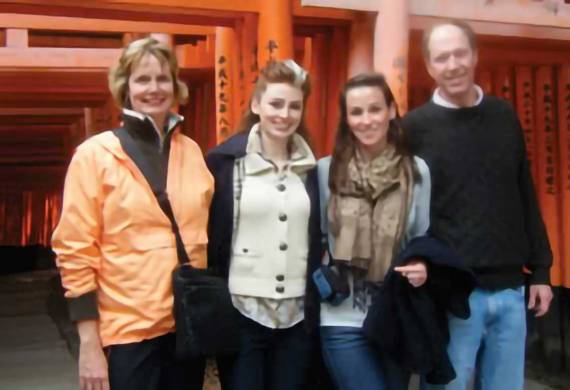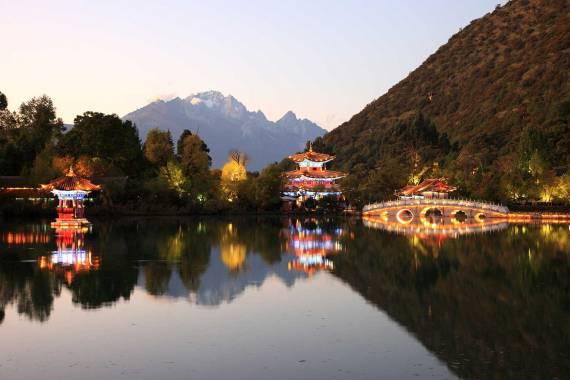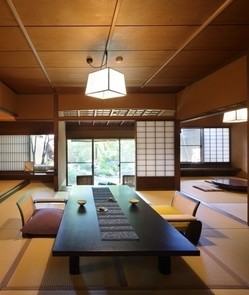
Tendoso Ryokan
Tendoso ryokan is the finest example of preserved and very alive Japanse traditions. Characterised by elegance, refinement, and hospitality, the sukiya-zukuri style inn houses 16 19.8m² guest rooms across one-story and this small size allows the attentive staff to ensure every guest has the most comfortable and luxurious stay possible. Book early for the rooms with open-air baths as this is a very popoular destination for visitors to Tendo city, the home of production for Shogi game pieces. The views from these private baths as well as the communal baths are exceptional. For the cultivated of taste or curious of disposition, the inn offers exquisitely performed private tea ceremonies in serene settings, ideal for calming the mind and thrillling the taste buds. Kaiseki cuisine, the Japanese equivalent to haute-cuisine, is offered at breakfast, lunch, and dinner for guests to enjoy in their rooms or in the restaurant. Each of the dishes is prepared according to the seasonal local Yamagata ingredients available. Local specialities can also be savored at the garden café, a space decorated with charming furnishings from Tendo Mokko, the region’s own furniture experts. The inn provides easy access to the Tendo Onsen station, the nearby Yamadera Temple, Tendo Mokko, and Yamagata Airport.
